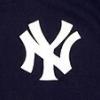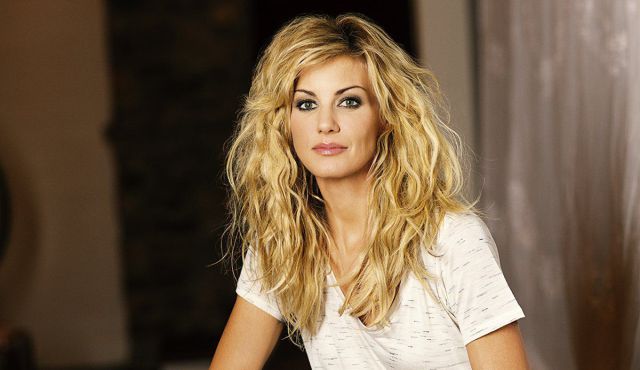-
Posts
26955 -
Joined
-
Days Won
82
Content Type
Profiles
Forums
Downloads
Everything posted by Yankee4Life
-
2 out of 10, 197 seconds. These were supposed to be general\easier questions? On to Friday!
-
7 out of 10, 178 seconds. For me, very tough today.
-
3 out of 10, 184 seconds. Bad day. Oh my God!
-
7 out of 10, 130 seconds. I missed the last three in a row. This is a very close race this month.
-
10 out of 10, 37 seconds. It helped that I had two Ozzie Smith questions in a row.
-
Sure, why not? 👍
-
7 out of 10, 45 seconds. It could have been a lot worse. I feel the same way!
-
Here is why I know who Faith Hill is. Other than that I would have said the same thing. She is a country-western singer and to this day I have not listened to one song she has. But she looks nice singin' them.
-
Jim, that is the all time record in here. You broke my record by one second!! I will be crying for the rest of the day! 😄
-
10 out of 10, 36 seconds. It's Friday. Enough said!
-
You are welcome. That will be five million dollars please. 😄
-
Read the thread. There are many pages in it.
-
Because it doesn't run on Windows 10. There is a thread about this.
-
3 out of 10, 151 seconds. As usual, a terrible job on Thursday.
-
10 out of 10, 97 seconds. Big improvement over the past couple of days.
-
3 out of 10, 117 seconds. For me this is a good score on a Tuesday.😬
-
Go ahead and try it. See you in three years. Or more.
-
It took OTBJoel three years to do this. So, very difficult indeed.
-
6 out of 10, 90 seconds. I missed a couple of trick questions that I honestly should have known. That is what happens when you try to go too fast.
-
10 out of 10, 38 seconds. These must have been leftover Friday questions because they were very easy.
-
4 out of 10, 109 seconds. These questions killed me today. Usually I can make good guesses but not today. It seems women are like that all over. You could be watching a game and they'll keep on talking about anything but what is going on and when a commercial gets on they are quiet. Go figure. 🙂
-
Try out this Logitech gamepad. It is cheap and it does the job and you can play Mvp again.
-
10 out of 10, 40 seconds. After the past few days I needed this. But then again it's Friday and we all know what that means.
-
They are not "Christmas color sleeves." They are missing textures or maybe just one missing texture. Let me ask you this. Where did you get the updated 2024 rosters, cyberfaces and portraits? My guess is at the Caribe website and maybe they know what is missing.




